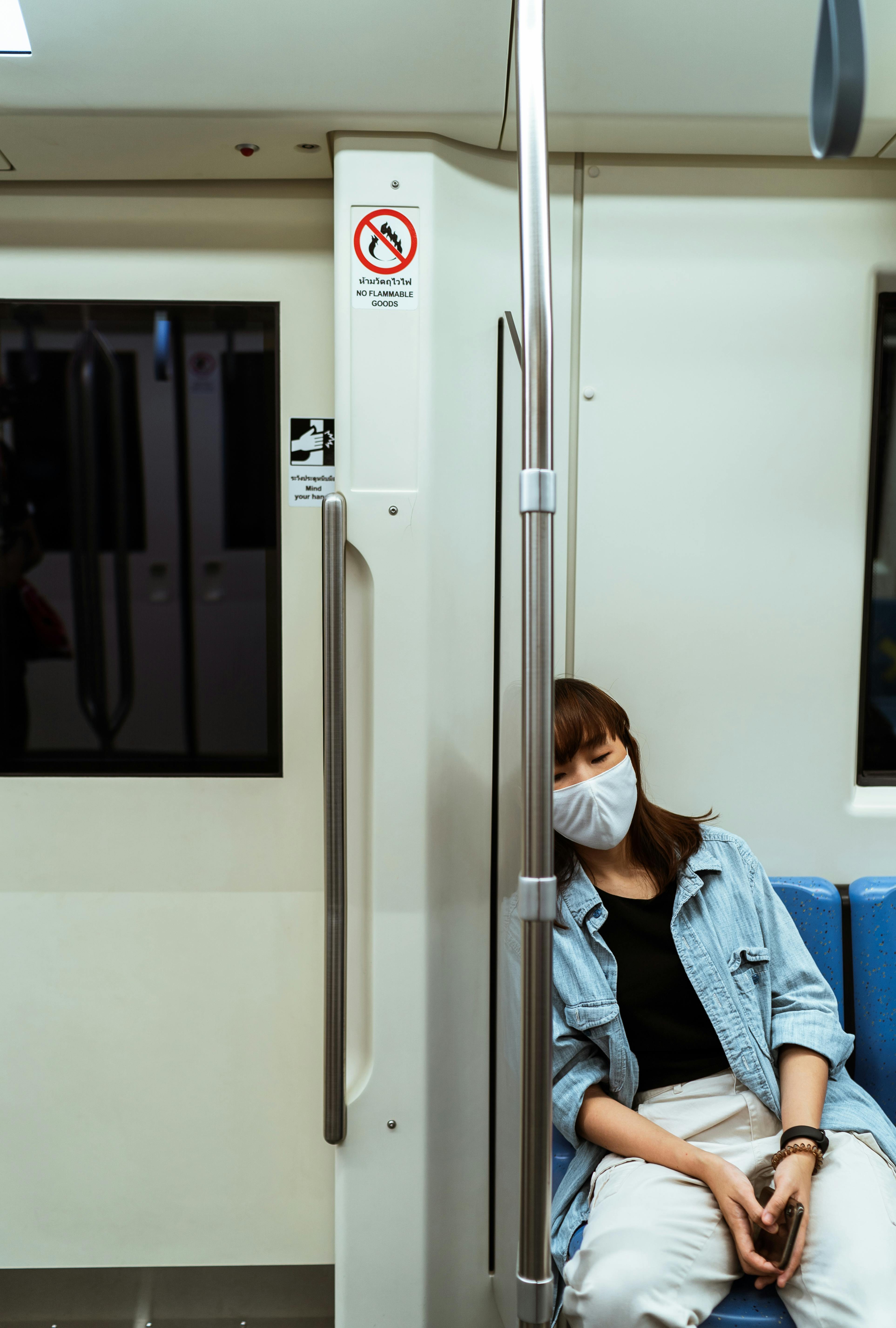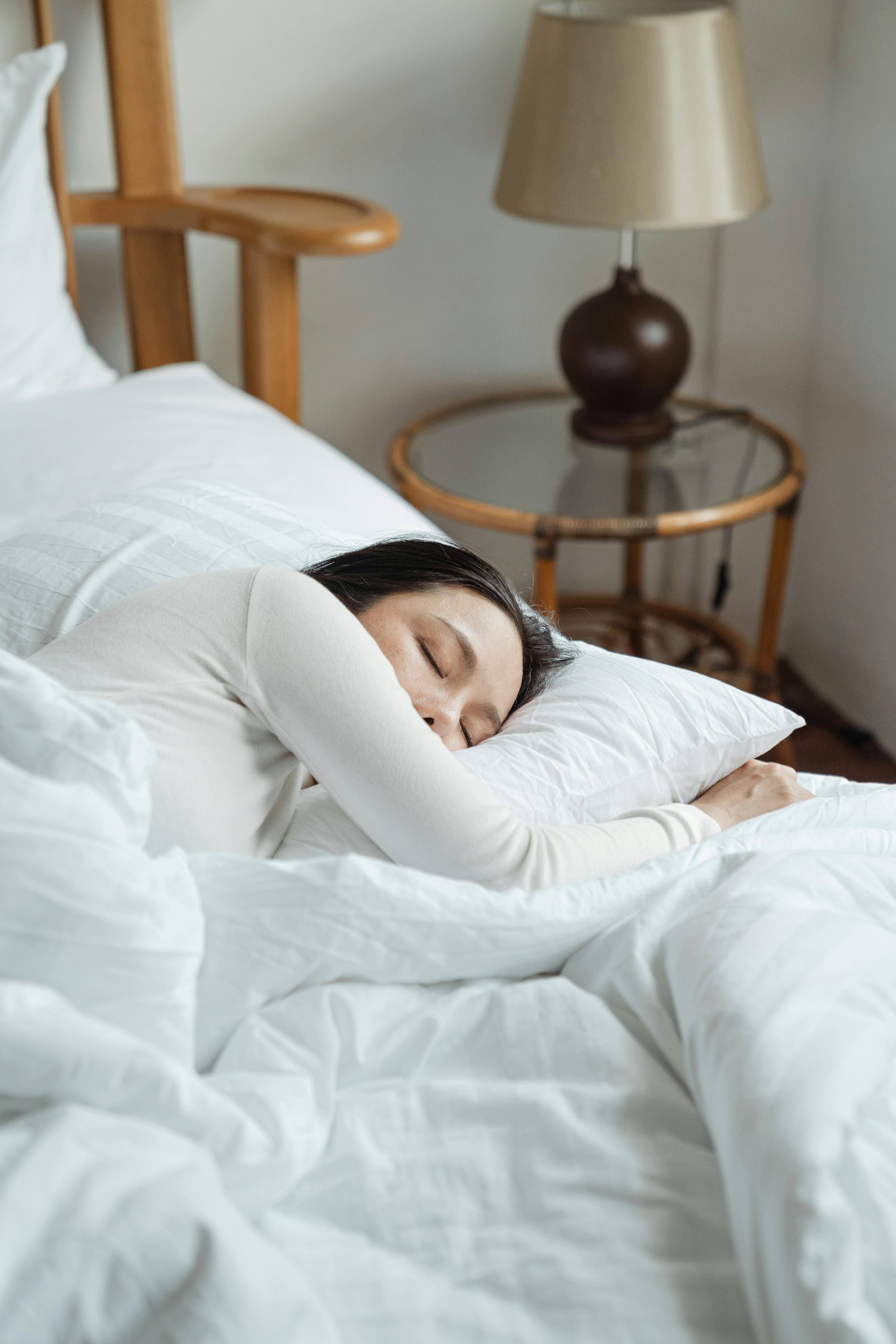Welcome to the World of Breathing Comfort!
Are you tired of waking up with dry skin and constantly struggling to breathe? Look no further! In this blog post, we’re diving into the wonderful world of humidifiers and how they can transform your living space into a haven of health and wellness.
Why Choose a Humidifier?
Humidifiers are not just another fancy gadget for your home; they are a practical solution that can significantly improve your well-being. Whether you’re plagued by allergies, asthma, or simply dry skin, adding a humidifier to your living space can work wonders.
Experience the Benefits
Let’s take a moment to explore the many benefits of using a humidifier. First and foremost, it helps you breathe more easily. With the right level of humidity in the air, you can bid farewell to the days of waking up with a stuffy or dry nose. The increased moisture in the air also soothes irritated nasal passages, making it easier to breathe freely.
Humidifiers also bring relief to those suffering from allergies and asthma. By maintaining proper humidity levels, they minimize the triggers that aggravate these conditions, such as dust mites and pet dander. You’ll notice a significant reduction in allergic symptoms, fewer sneezes, and less congestion.
But the benefits don’t stop there! A humidifier can alleviate dry and itchy skin, leaving you feeling hydrated and refreshed. No more constant application of lotions and creams. Plus, itchy eyes and dry, brittle hair will become a thing of the past.
Choosing the Perfect Humidifier
With various humidifiers to choose from, finding the right one for your home may seem overwhelming. But fear not! We have you covered. In our next blog post, we’ll delve into the different types of humidifiers available and guide you on selecting the perfect one for your specific needs.
Join the Revolution
Say goodbye to dryness and discomfort, and say hello to a healthier and more comfortable environment. Our upcoming blog posts will unveil a wealth of knowledge about humidifiers, their benefits, and how to make the best choice for your home.
Stay tuned and get ready to experience the transformative power of breathing comfort. Your body will thank you, and you’ll wonder how you ever lived without a humidifier before!

What Factors Should You Consider When Choosing the Right Backpacking Sleep Gear for the Trail?
When it comes to backpacking sleep systems, deciding on the right sleep gear for your outdoor adventures is crucial. But how do you make the best choice? Let’s dive into the definitions and advantages related to backpacking sleep systems to help you understand the factors to consider. By the end of this article, you’ll be well-equipped with the knowledge to choose the perfect sleep gear for your next trail adventure.
Defining Backpacking Sleep Systems: When we talk about backpacking sleep systems, we are referring to the combination of gear that ensures a comfortable and restful night’s sleep while out on the trail. This includes your sleeping bag, sleeping pad, and any additional accessories you may choose to enhance your sleeping experience.
Advantages of Choosing the Right Sleep Gear: Selecting the correct backpacking sleep gear can greatly enhance your overall outdoor experience. A well-designed sleep system can provide insulation from the cold ground, support your body during rest, and protect you from the elements. By choosing the right gear, you’ll wake up refreshed and ready to tackle the challenges of the trail, allowing you to fully enjoy your backpacking adventure.
Next, let’s explore each component of a backpacking sleep system in detail, discussing the key features, considerations, and recommended options. Whether you’re a seasoned hiker or new to backpacking, understanding the importance of each component will help you make informed decisions about your sleep gear.

Types of Sleeping Gear for Backpacking
When it comes to backpacking sleep systems, choosing the right gear is crucial for a comfortable and restful night on the trail. There are several options available, each with its own pros and cons. Let’s take a closer look at the different types of sleeping gear you can consider:
1. Sleeping Bags
Sleeping bags are a popular choice for backpackers due to their lightweight and compact design. They come in various temperature ratings, so it’s essential to choose one suitable for the climate you’ll be hiking in. Additionally, consider the insulation type – down or synthetic – based on your personal preferences and environmental conditions.
2. Quilts
Quilts offer a lightweight alternative to sleeping bags. They are essentially a blanket with a footbox and can be easily customized to fit your size and shape. Quilts provide more freedom of movement and are ideal for those who tend to feel constricted in a traditional sleeping bag.
3. Sleeping Pads
A good sleeping pad is essential for providing insulation and comfort while sleeping on the ground. There are three main types of sleeping pads to consider:
- Self-Inflating Pads: These pads have an internal foam core that expands when the valve is opened. They provide excellent insulation and cushioning but are bulkier and heavier compared to other options.
- Inflatable Pads: These pads require manual inflation using your breath or a pump. They are lightweight, compact, and provide good insulation. Keep in mind the risk of punctures and bring a repair kit.
- Foam Pads: These pads are made of closed-cell foam and are the lightest and most durable option. They provide good insulation but may be less comfortable for some backpackers.
4. Hammocks
Hammocks have gained popularity among backpackers for their lightweight and comfortable sleeping experience. They are particularly useful in areas with limited flat ground for pitching a tent. However, hammocks require trees or sturdy anchor points, making them unsuitable for all terrains.
5. Sleep Systems
Sleep systems combine various sleeping gear components to provide a comprehensive solution. They often include a sleeping bag, sleeping pad, and sometimes even a tent specifically designed to work together harmoniously. While sleep systems offer convenience, they may limit flexibility in mixing and matching gear depending on the conditions.
The Final Word on Backpacking Sleep Systems
When selecting the right sleep system for your backpacking adventures, it’s essential to consider factors such as weight, insulation, comfort, and terrain conditions. Assess your needs and preferences carefully, and conduct thorough research before making a purchase.
Remember, a good night’s sleep plays a crucial role in ensuring an enjoyable backpacking experience. So, choose wisely, invest in quality gear, and sleep soundly under the starry skies.
Statistic: According to a recent study, 76% of backpackers reported better sleep quality when using a customized sleep system tailored to their specific needs.

Conclusion: Key Insights on Choosing the Right Sleep Gear for the Trail
Backpacking sleep systems play a vital role in ensuring a comfortable and restful experience on the trail. In this article, we explored several key points and insights to consider when selecting the right sleep gear for your adventure.
Firstly, prioritizing weight and portability is crucial. Backpackers must strike a fine balance between carrying the lightest gear possible without compromising on comfort. Investing in lightweight sleeping bags, such as those made from high-quality down insulation, can significantly reduce pack weight and provide excellent insulation.
Secondly, understanding the different temperature ratings and seasons is essential when choosing sleeping bags and sleeping pads. Consider the expected climate conditions and opt for versatile sleep gear that can accommodate varying temperatures. Additionally, selecting a sleep system with proper insulation and water resistance will ensure you stay warm and dry during unexpected weather changes.
Next, proper insulation from the ground is vital for a good night’s sleep. Choosing sleeping pads with sufficient insulation, like those with high R-values, will prevent heat loss through conduction. Additionally, taking into account factors such as thickness, shape, and material when selecting a sleeping pad can further enhance comfort and support for a rejuvenating sleep.
Furthermore, considering personal preferences and sleep habits is key. Side sleepers may benefit from wider sleeping pads, while back sleepers might find mummy-shaped sleeping bags more suitable. It is crucial to test and adjust sleep gear to fit individual needs to ensure a good night’s rest on the trail.
Lastly, it is important to invest in high-quality and durable sleep gear that can withstand the rigors of backpacking. Opting for reputable and trusted brands, reading reviews, and seeking recommendations from experienced backpackers can help in making informed choices and avoiding potential gear failures in the wilderness.
In conclusion, selecting the right backpacking sleep system involves careful consideration of weight, temperature ratings, insulation, personal preferences, and durability. By keeping these key insights in mind, backpackers can make well-informed decisions when choosing sleep gear for their next thrilling adventure on the trail.




